Or, as a friend cleverly coined: time for some flower porn!
I'll begin the Chimineas floral tour with a jewel that's not oft seen or noticed, and comes from a family that most people find pretty boring. It's in the Mustards, Brassicaceae, and this particular species is a CNPS 1B listed plant because it grows only in California, is rare, and populations are becoming small and fragmented. Caulanthus coulteri lemmonii, Coulter's Jewelflower:
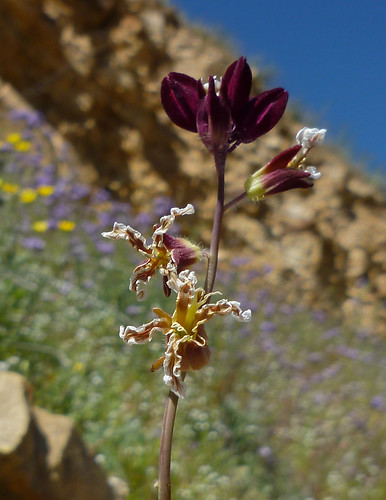
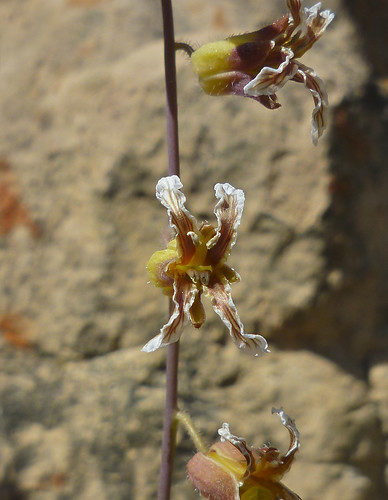
Another uncommonly seen crazy-pretty flower we happened upon is this showy orange San Joaquin Blazing Star, Mentzelia pectinata, of the also uncommon family Loasaceae:
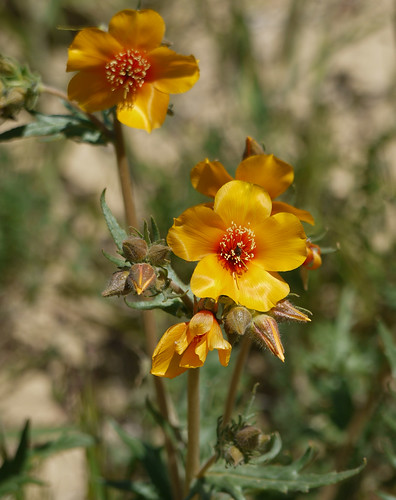
Lilies, lilies, lilies... Aside from the ubiquitous Blue Richards - a few other always-lovely Liliaceae showed - a Frit I'm pretty sure is a light Chocolate Lily, Fritillaria biflora:
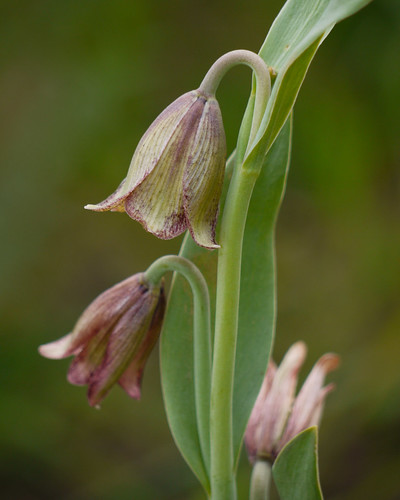
and the Desert Death Camas (yes, these will kill ya), Zigadenus brevibracteatus:
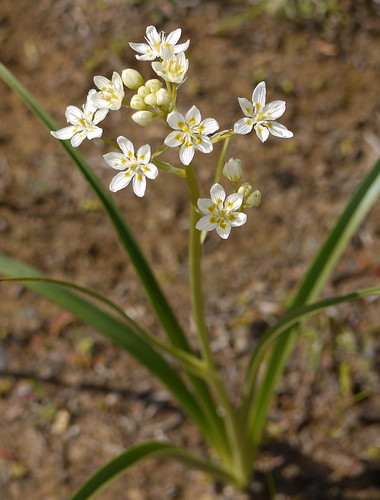
A fair-flowered shrub of the Four o' Clock Family, Nyctagenaceae, caught my fancy. I wonder if it makes a good yard plant? The bushes were 2-3 feet across and tall, and covered with these:
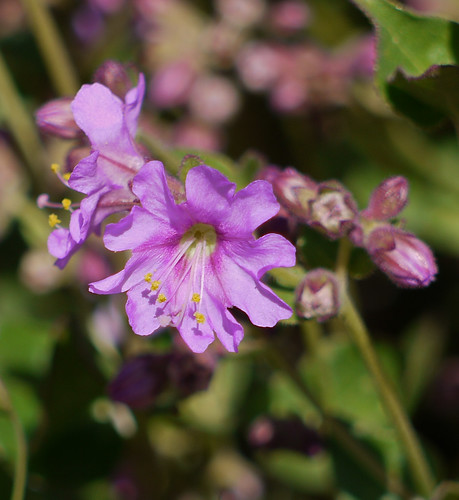
Saw 3 sublime-smelling Salvia sages of the mint family, Lamiaceae, in bloom here and there. The common, but always pleasant Chia Sage, Salvia columbarie:
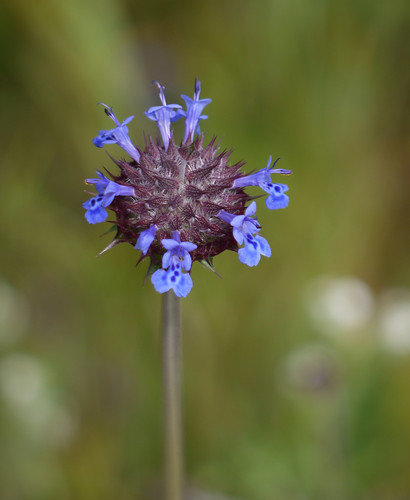
and its larger, ostentatious, no-frills-barred cousin, Thistle Sage, Salvia carduacea:

The 3rd sage was a sturdy bush, with blooms on branches - Purple Sage, Salvia leucophylla:
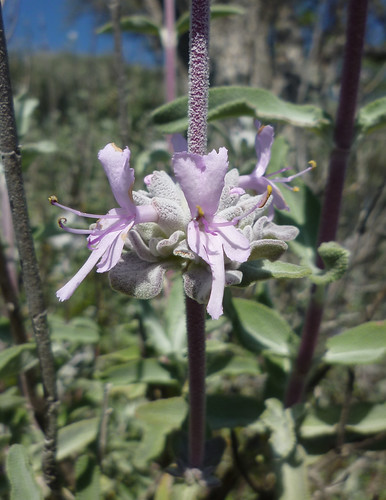
Two new-for-me Camissonias, of the Evening Primrose family Onagraceae, were spotted - the Mojave Suncup, Camissonia campestris, and the odd, falling-apart-under-its-own-weight, Shredding Evening Primrose, Camissonia boothii ssp. decorticans:
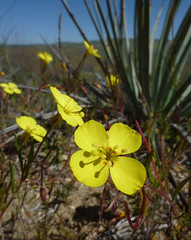

Hydrophyllaceae Phacelias seem to grow all over the ranch, which is great because they also seem to be popular with interesting insects. Here's 4 we saw - Phacelia douglasii, Phacelia ciliata, Phacelia tanacetifolia, and a white version of Phacelia distans:
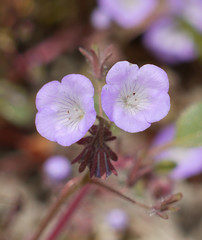
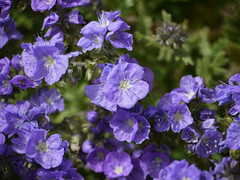
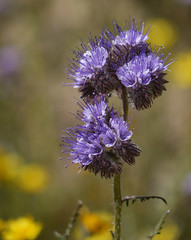
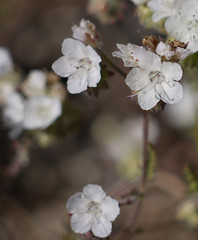
A lovely Malvaceae, Eremalche parryi, Parry's Mallow, grew solo and in large patches:
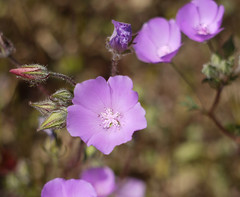
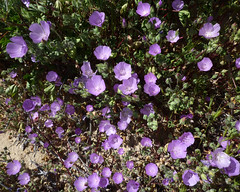
Along with the many perfect Tidy Tips:
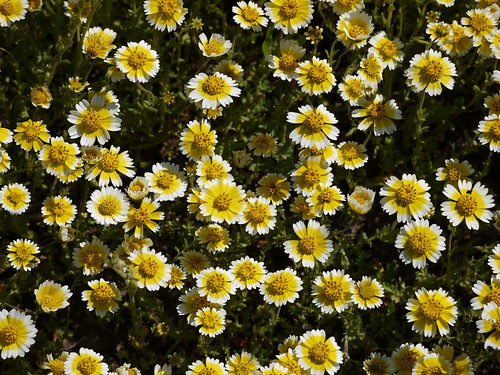
there were other interesting Asteraceae Sunflowers, such as Desert Dandelion, Malacothrix californica, Snakehead, Malacothrix coulteri:
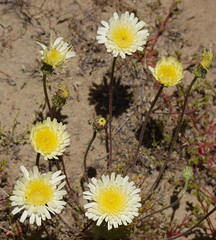
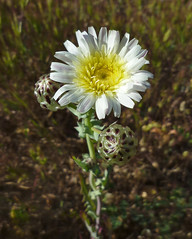
and 2 Pincushions: Fremont's, Chaenactis fremontii, and Yellow, Chaenactis glabriuscula:
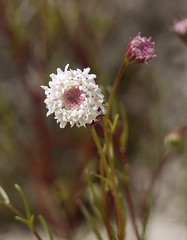
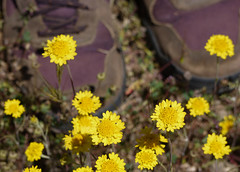
A couple of legume Locos caught my eye - the tall Diablo Locoweed, Astragalus oxyphysus:
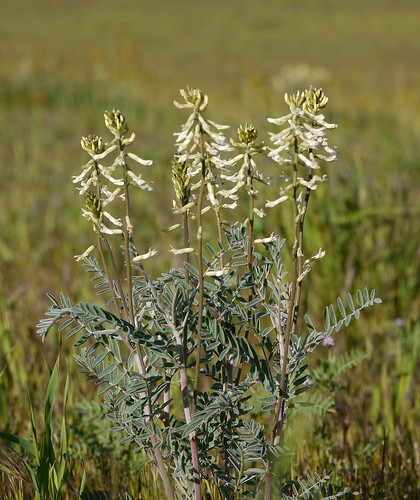
and a low-growing, tucked-away Locoweed, Astragalus:
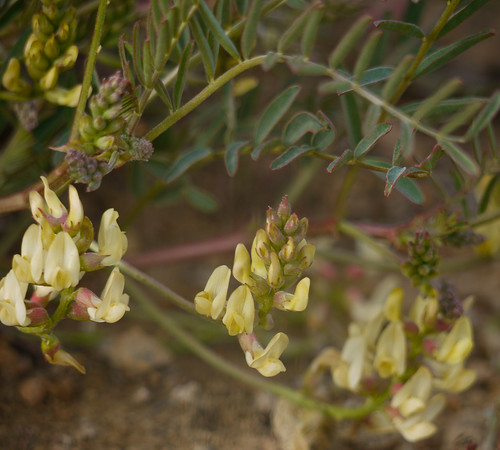
Orobanches - Paintbrushes and Owl's Clovers - were well represented - along with a Little Butter 'n Eggs. Here's Castilleja subinclusa var. jepsonii, Castilleja exserta, Castilleja foliolosa and Triphysaria micrantha:
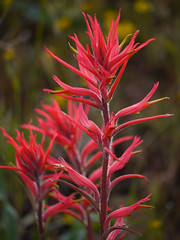
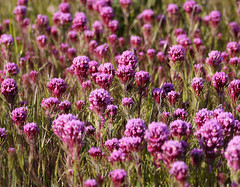
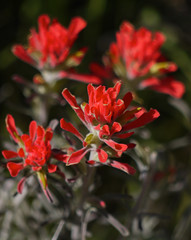

We even found a micro Scroph, Fremont's Monkeyflower, Mimulus fremontii, tucked under some scrub - right where the botanist reported it would be:
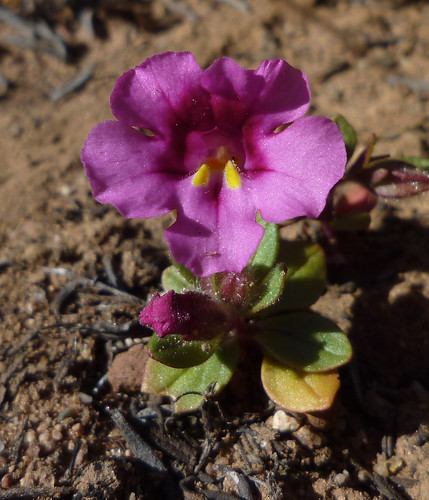
Don't know how the botanist found that lovely purple needle in the 30,000-acre haystack of Chimineas, but I'm glad for it. Maybe I can find some beauties to add to the list. Gonna be tough though - there's still another few hundred known species on the property I haven't seen yet...
For example, here's a collage of 15 more species we saw that I didn't include above!















====
References:
- Camera Trap Codger - Back to Chimineas
- The California Native Plant Society - CNPS Lists and the CNPS Ranking System
- The Nature of a Man (this blog) - Primavera-Painted Chimineas
- The Nature of a Man (this blog) - The Chimineas Ranch

Stunning specimen photography! Beautiful shots of beautiful flora!
ReplyDeleteWow! Great job. I guess Craig and I have to buy Lumixes! LOL
ReplyDelete